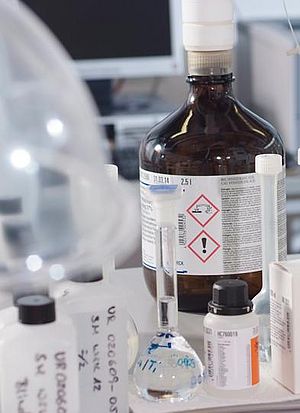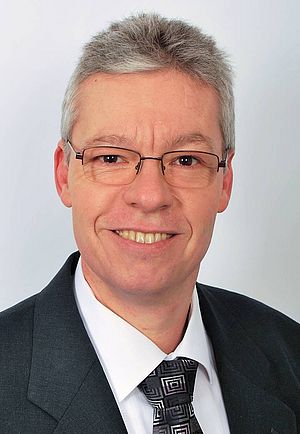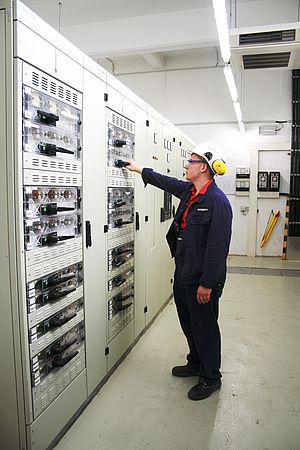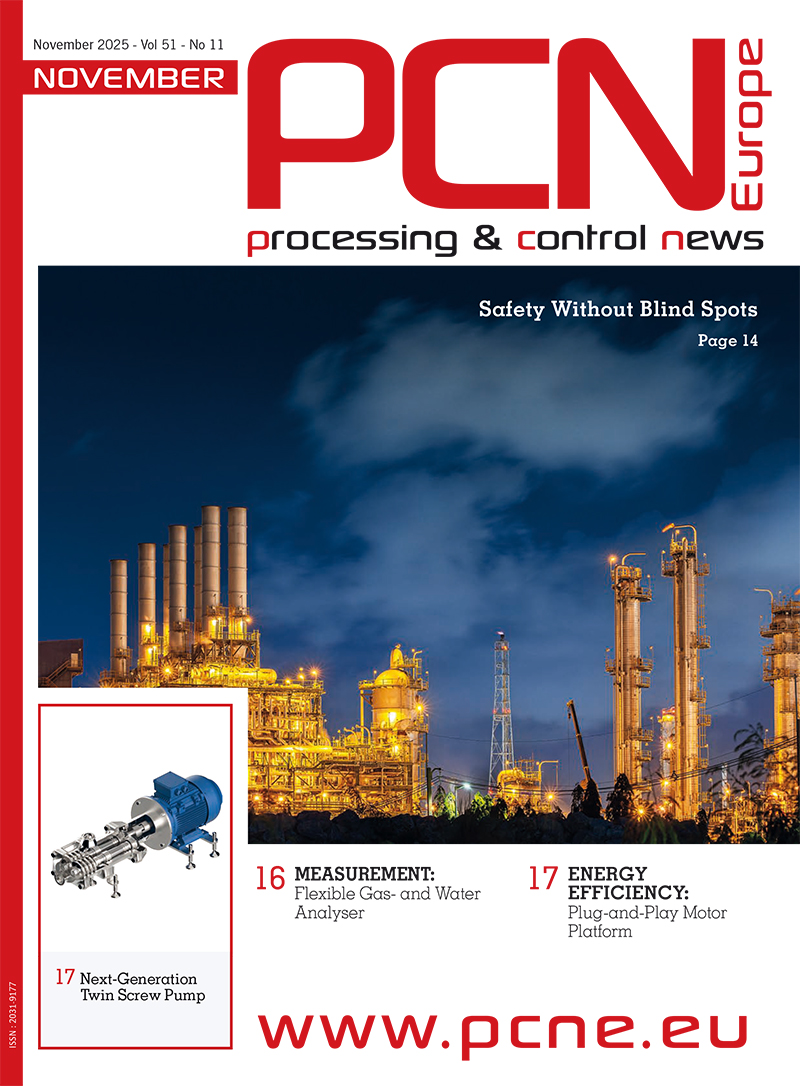For the "Energy Efficient Systems" certification mark offered by TÜV SÜD, the certification experts put the systems of a bakery equipment supplier through their paces in a pilot certification.
A growing number of manufacturers wish to make their machinery more energy efficient and document this improvement to third parties. At the centre of their endeavours are their commitment to sustainability and their wish to generate competitive advantages. However, straightforward energy-efficiency classification like that used for household appliances is unsuitable for complex systems. In this case, energy-efficiency certification not only needs to assess the individual components, but must also examine their interaction in future operation and the specific conditions under which they will operate.
For the Energy Efficient System certificate, a pilot certification procedure was carried out at a supplier of bakery equipment. However, the types and designs of bakery machinery and ovens differ widely, making it difficult to compare the energy-consumption parameters in this sector of industry. Moreover, these parameters generally refer to the available baking area, which also varies greatly. Given this, the specific values may fluctuate considerably. Based on a comparison of two oven models from two different generations, the following case study of a concrete system (oven) demonstrates how information is collected and energy efficiency assessed.
In a first step, the TÜV SÜD experts prepare an overall "balance sheet" of the energy input and output of the two oven types (predecessor and successor model). A critical factor in this context is the definition of the system boundaries, which generally establish which equipment, components etc. will be included in the calculation. Depending on the situation, the system boundaries may even include peripheral units needed to support the actual process.
The amount of energy needed for the baking process itself remains constant. Crucial factors are the energy input and the energy losses beyond the system boundaries [1]. To make the baking processes comparable, standardized test specimens of different sizes are baked. The experts then measure the energy consumed during the simulated baking processes and the ovens' heating-up and standby operation. The distribution of energy input is visualized in a diagram [2]. Roughly half of the energy input is emitted from the chimney, along with the exhaust gas. While the evaporation of water and the amount of energy stored in the baked goods cannot be reduced due to physics, energy losses from the oven housing and via the exhaust-gas stream may offer potential for savings.
The design and development process is one of the primary areas of concern in the certification process. Here, the objective is to reduce energy consumption compared to the previous model, thus cutting the operating costs of the system and making it more cost-effective. To this end, the company assesses the design and development of all relevant components and documents the process leading up to the optimum solution.
In the case on hand, appropriate improvements of energy efficiency in the oven's successor model include optimization of the airflow system technology and the control system, making use of state-of-the-art technologies in fluid dynamics and electrical engineering. In addition, future oven controls will include an automatic block period preventing commands that are contrary to the energy-efficiency targets. Losses from the oven housing, by contrast, offer only very limited potential for improvement, as the insulation of the predecessor model is already of very high quality.
Users play a significant role in a system's energy efficiency. While it is impossible to take every operational case into consideration, users should still be trained as early as possible in the efficient operation of the system. The manufacturer should instruct future operators in the most energy-efficient operation.
System manufacturers who make a conscious decision to boost the energy efficiency of their products can now demonstrate their achievements effectively not only to their clients, but also to the general public. Companies using energy efficient systems certified by TÜV SÜD benefit from lower operating costs which justify the potentially higher investment costs. The certificate further furnishes proof that manufacturers and operators are committed to sustainability and use energy and resources in an efficient and responsible manner.
Edited by: Constanze Schmitz
Certified "Energy Efficient Systems"
assessing bakery equipment
- by TÜV Süd Industrie Service GmbH
- November 5, 2010
- 1390 views
Disclaimer: Content published by TIM Global Media, including text, images, and videos, is either created in-house or provided by Suppliers/Manufacturers with their approval. Suppliers/Manufactures warrant that their materials do not infringe third-party rights and agree to indemnify and hold TIM Global Media harmless from any related claims.






















